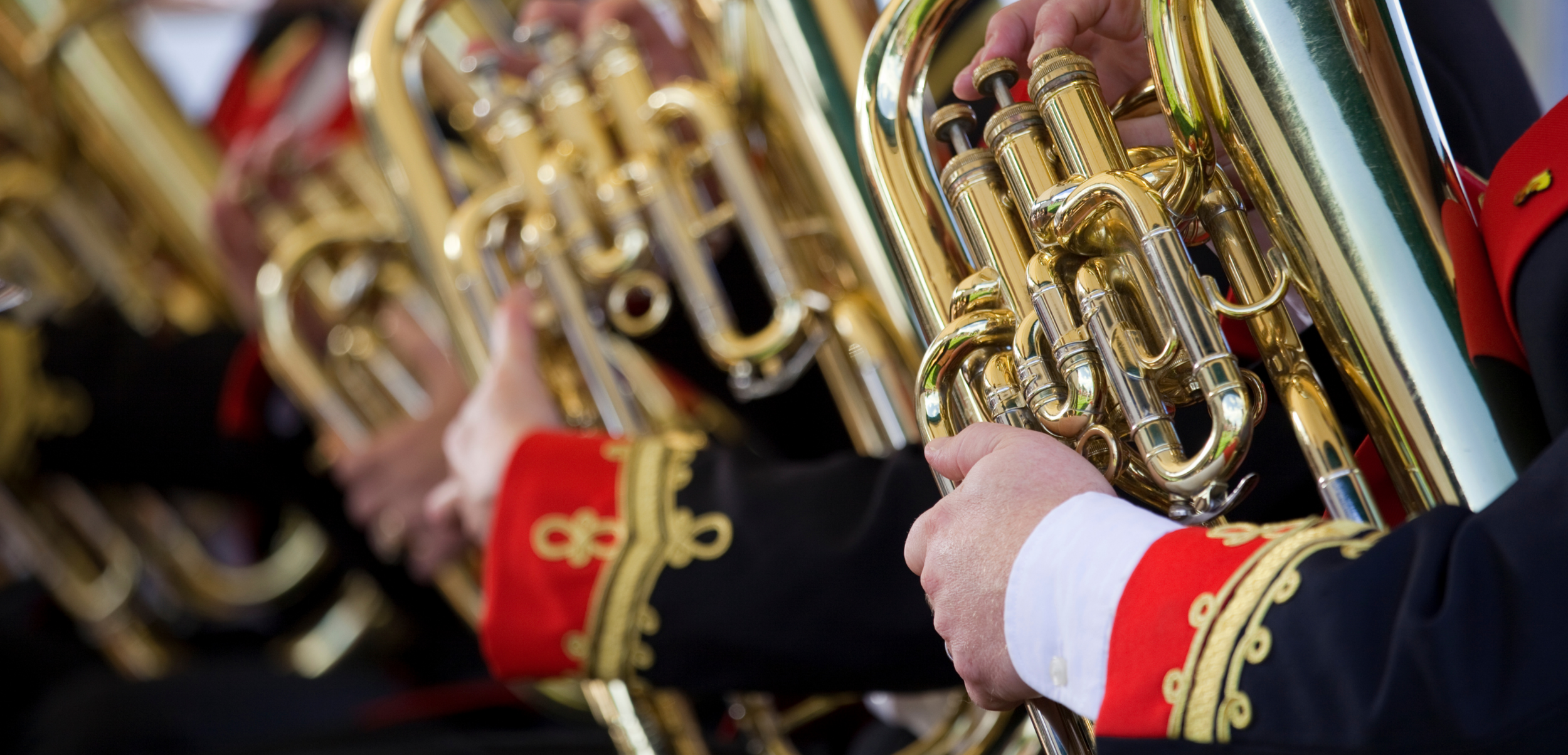
Brass Band
A Klezmer Karnival
Grade 3 | 5 Mins
Klezmer music originated in the 'shtetl' (villages) and the ghettos of Eastern Europe, where itinerant Jewish troubadours, known as 'klezmorim', had performed at celebrations, particularly weddings, since the early Middle Ages.
'Klezmer' is a Yiddish term combining the Hebrew words 'kley' (instrument) and 'zemer' (song) and the roots of the style are found in secular melodies, popular dances, Jewish 'hazanut' (cantorial music) and also the 'nigunim', the wordless melodies intoned by the 'Hasidim' (orthodox Jews).
Since the 16th century, lyrics had been added to klezmer music, due to the 'badkhn' (the master of ceremony at weddings), to the 'Purimshpil' (the play of Esther at Purim) and to traditions of the Yiddish theatre, but the term gradually became synonymous with instrumental music, particularly featuring the violin and clarinet.
A Klezmer Karnival uses three traditional tunes:
1. Choson kale mazel tov (measure 7) – a wedding dance wishing good luck to the bride and groom
2. Freylekh (measure 40) – a Jewish circle dance, later commercialized as ‘A Night in Paradise’
3. Sherele (measure 74) – literally ‘little scissors dance’, this is a German shepherd’s dance. Like Freylekh, Sherele is again a type of dance rather than a specific title
